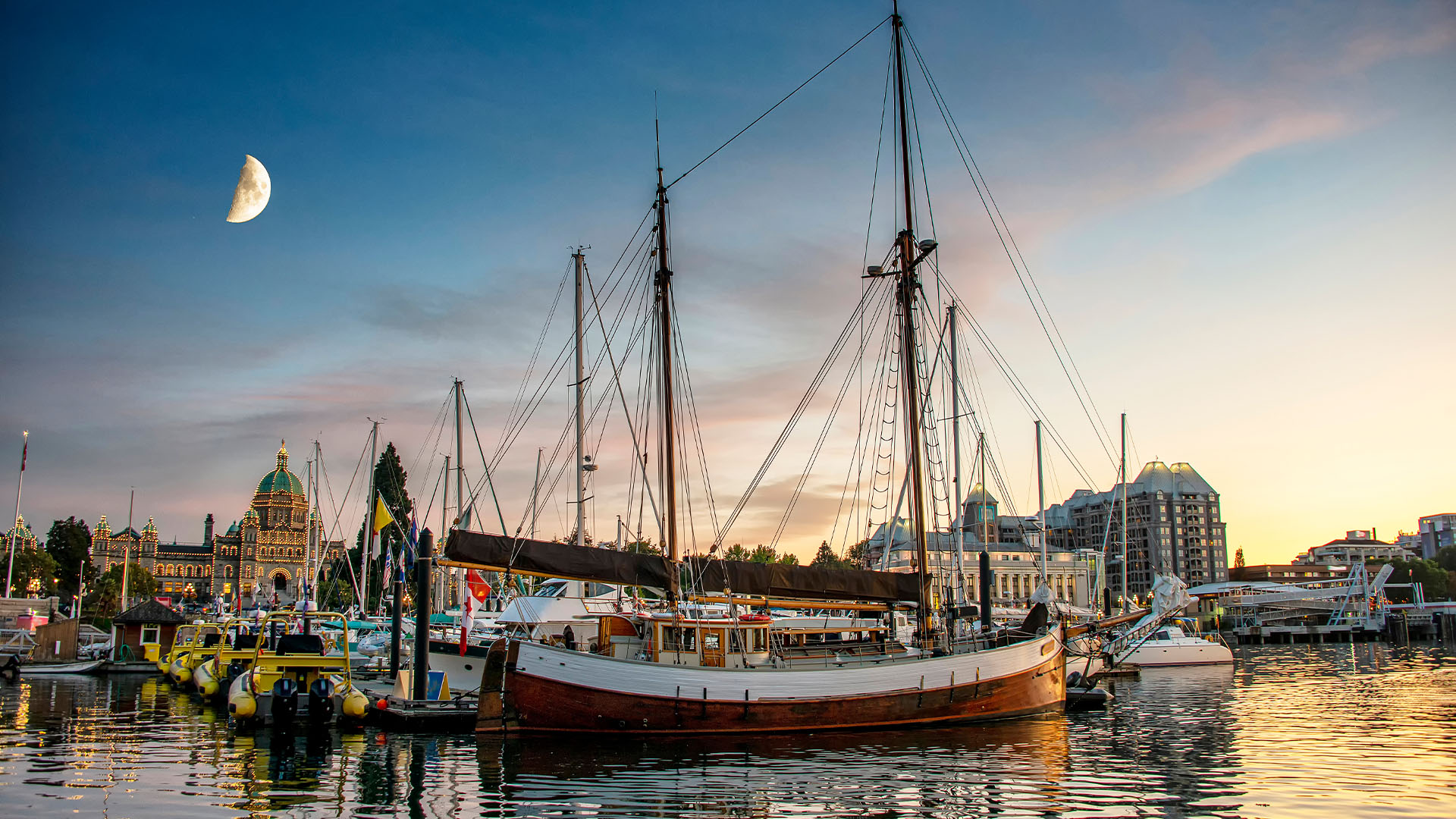2,000 earthquakes in 1 day off Canada coast suggest the ocean floor is ripping apart, scientists say
Record earthquake activity off the coast of Vancouver Island hints at the birth of new oceanic crust.

Almost 2,000 earthquakes rocked a spot off the coast of Canada in a single day earlier this month, which could be a sign that new oceanic crust is about to be birthed via a deep sea magmatic rupture.
The quakes aren't any threat to people. They're relatively small and centered on a spot called the Endeavour site, about 150 miles (240 kilometers) off the coast of Vancouver Island. This spot hosts a number of hydrothermal vents and sits on the Juan de Fuca Ridge, where the ocean floor is spreading apart. This area is separate from the subduction zone — a region where one tectonic plate is sinking into the mantle underneath another plate — closer to the coast that can create large, destructive earthquakes, said Zoe Krauss, a doctoral candidate in marine geophysics in the University of Washington.
"Mid-ocean ridges aren't actually capable of producing that large of earthquakes, not too far above a magnitude five," Krauss told Live Science. "This is not going to trigger 'the big one' on the subduction zone."
The quakes are interesting scientifically because they can reveal details about how the ocean floor pulls apart and new crust forms, Krauss said. At the Endeavour site, the Pacific plate and the Juan de Fuca plate are pulling apart. This stretching creates long, linear fault lines and thins the crust, enabling magma to rise up. When the magma reaches the surface, it cools and hardens, becoming new ocean crust.
The Endeavour site is monitored continuously as part of the North-East Pacific Time-series Undersea Networked Experiments (NEPTUNE), run by Ocean Networks Canada. Since 2018, the region has become more seismically active, Krauss said. On March 6, however, the activity went wild, with at least 200 small earthquakes shaking the seafloor per hour. In all, the researchers detected about 1,850 quakes in a single day.
"The vast majority are less than magnitude one. They’re these little pops," Krauss said. "But it’s pretty cool because it allows us to track where things are happening, where things are breaking and where things are moving around."
Krauss said the most likely reason for the quakes is that the seafloor is stretched to its maximum extent and has built up a great deal of stress. At the Endeavour site, this happens when the plates pull apart by about 3.3 feet (1 meter), she said, and the stress is ultimately relieved when magma rises up into the thinned crust and cools.
Sign up for the Live Science daily newsletter now
Get the world’s most fascinating discoveries delivered straight to your inbox.
This happens on an approximately 20-year cycle, she said, which puts the area right on schedule: The last time it was this seismically shaky was in 2005.
Since March 6, the earthquake activity has calmed down, though at a slightly heightened background level, Krauss said. She and her colleagues are now watching closely. The continuous monitoring of the Endeavour site began in 2011, so the team hasn't had access to near real-time data of a magma intrusion like this before. They have many questions, ranging from the impact on the hydrothermal vent system to the source for the magma that will ultimately form the new crust.
"A lot of it is fundamental science questions of how does earth’s crust form, why do these events start where they start, and what exactly is the trigger that brings magma in?" Krauss said. For now, she and her team are waiting to see what happens next.

Stephanie Pappas is a contributing writer for Live Science, covering topics ranging from geoscience to archaeology to the human brain and behavior. She was previously a senior writer for Live Science but is now a freelancer based in Denver, Colorado, and regularly contributes to Scientific American and The Monitor, the monthly magazine of the American Psychological Association. Stephanie received a bachelor's degree in psychology from the University of South Carolina and a graduate certificate in science communication from the University of California, Santa Cruz.









